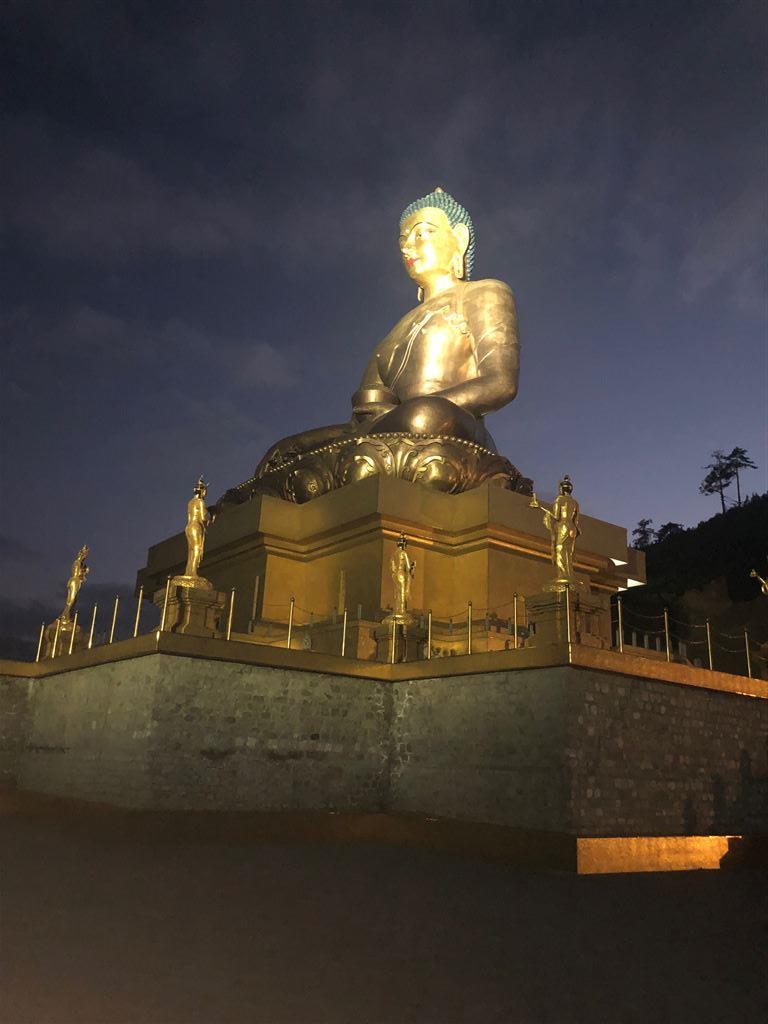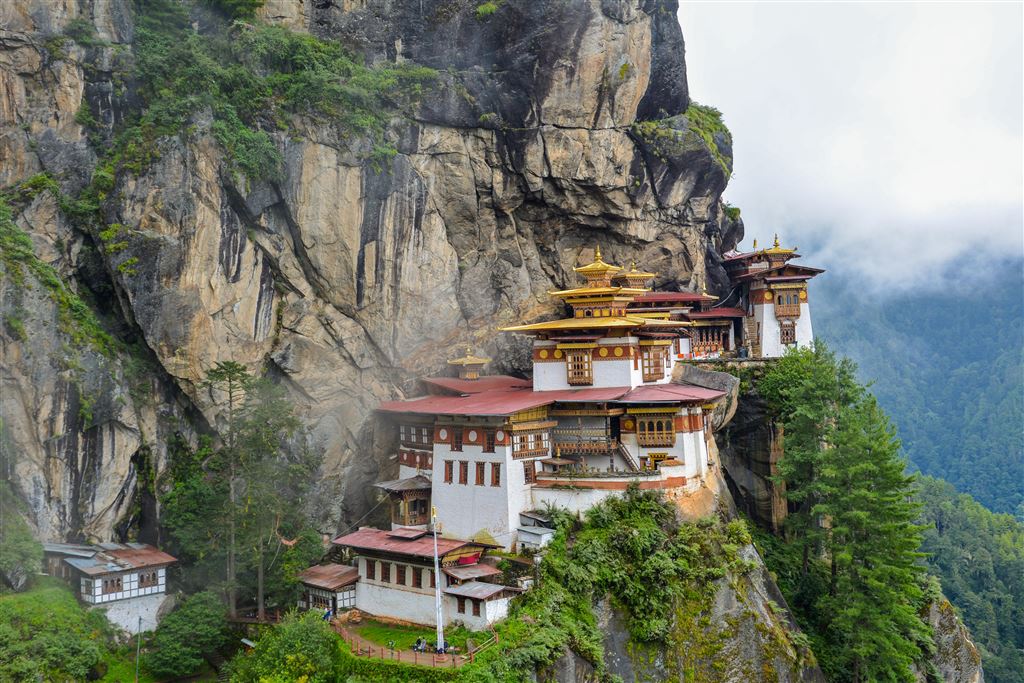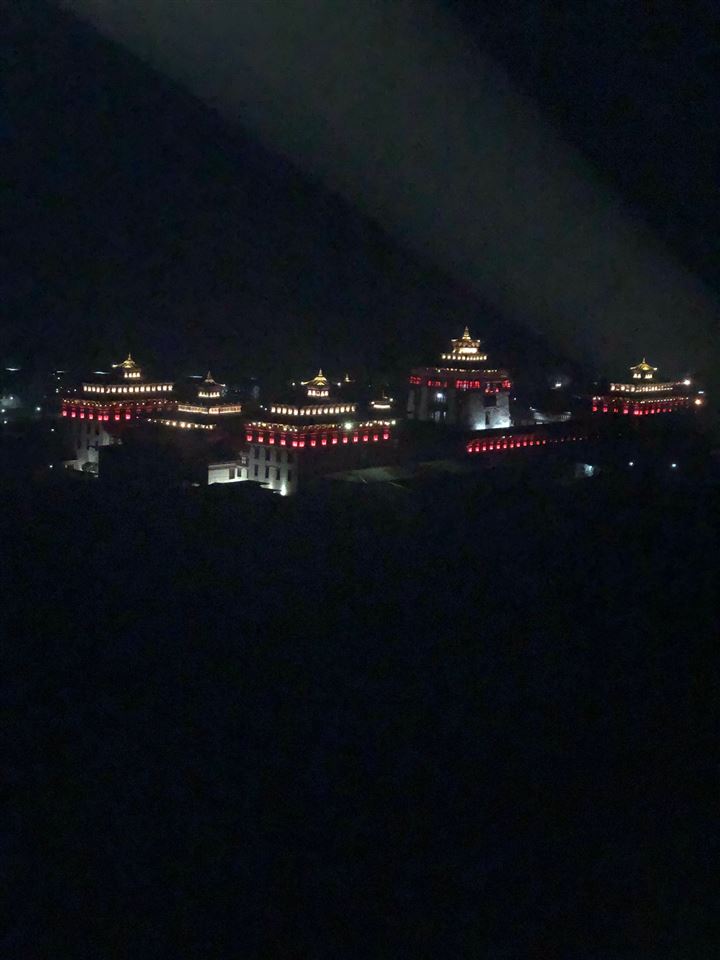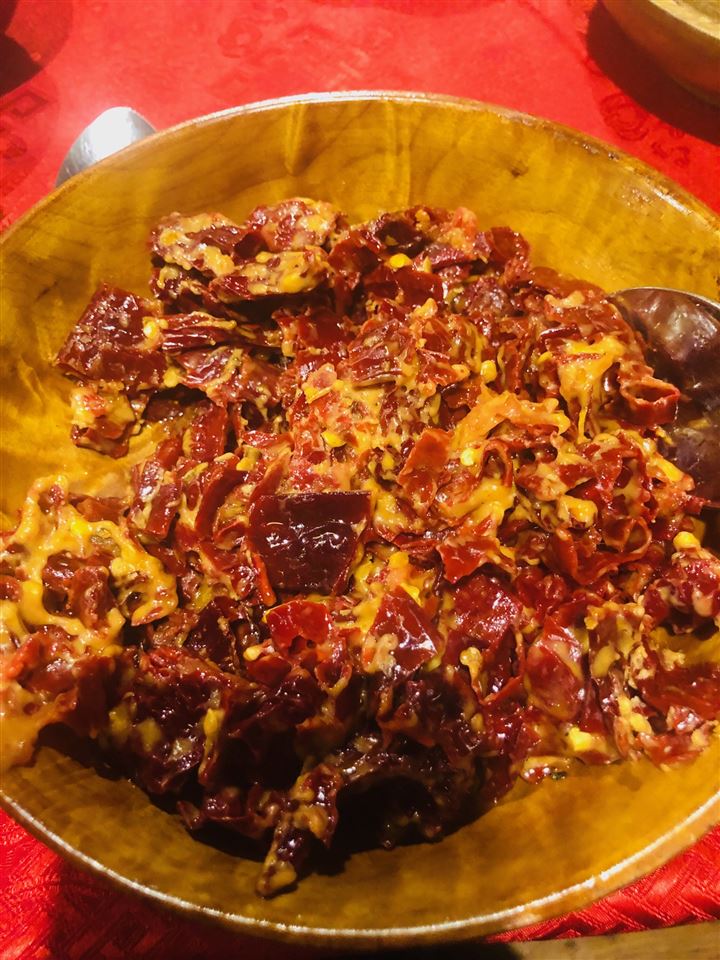It was a cold morning in February recently when I boarded my flight to Paro to reach the capital of Bhutan, Thimpu, for a four-day visit. While I was booking my trip, I realized that there were not too many flight options available to Paro. Instead, the list of possibilities was restricted to just two. I wondered, how is it that a country that thrives to some extent on tourism has limited options to reach through the air. I booked myself on AirDruk and alternatively booked my return travel on Tashi Airlines, not because I wanted to try both the airlines but because I could not manage the tickets on the same flight.
My flight from New Delhi was just over two hours duration. The flight took off, and after almost an hour I looked outside the window to my left and was mesmerized. I had never seen such fantastic snow peaked mountains from such a close encounter. As I was soaking in the beauty of the Himalayas, the pilot announced that on the left we could see the magnificent Mount Everest, the highest mountain above sea level. I wished someone could pause the moment for me so I could take in enough of Everest. I had to practically pinch myself to believe that I was so close to The Everest. The flight was one of the most beautiful ones that I have ever taken.
The magazine in the airplane gave me an indication of the rich landscape of Bhutan, which ranges from lush subtropical plains to the subalpine zones. In Bhutan, there are peaks above 7,000 meters (23,000 ft).
I reached Paro, and the first vibe I got of the place was ‘happy and peaceful.’ In my mind, I asked myself, "What else does one need in life other than happiness and peace?" Paro airport was a small one but had all the necessary facilities. The staff at the airport to the people around all had an expression of calm. The taxis were readily available outside the airport, and all had almost the same price to quote.
I boarded my taxi for Thimphu, the capital and the largest city of the Kingdom of Bhutan. It was an hour drive from Paro, and the chauffeur who was driving me in the taxi kept explaining things about Bhutan. The drive was beautiful, and the road journey had the Paro river flowing next to it, in the initial part of the journey, making it even more appealing. The drive itself was an ‘experience’ with interesting narrations by the chauffeur. His narrative started with the king and queen of Bhutan who he said are worshiped like God. With a population of just over 8 lakh, he explained how easy it is to approach them and how they care about the happiness of people around. He further explained to me about the must-visit places; the monasteries, the fortresses (known as dzongs) and the food, and ensured I was registering everything in my mind. I was already excited to explore all of this in this beautiful land-locked country. This one hour journey went by quickly because of his narrations.
I knew I had only four days to see whatever I could. I read about this country being high on its happiness quotient. In my heart that there was some divine force that wanted me to unravel what makes this country so happy and then to pen it down.
I reached Thimpu and checked into a hotel close to its clock tower, which is also the heart of the city. The staff was warm, cheerful, and happy. I was equally delighted to see a large number of women in the hotel workforce. I was welcomed by a cup of hot Bhutanese herbal tea. I felt refreshed, and after placing my luggage in the hotel room, I thought I was in good shape to step out and get my initial feel of the place. Then I realized that this energized feeling was because of the tea served at the hotel. This welcomed drink had taken away my tiredness.
I walked to the nearby market and kept walking exploring, appreciating, and above all understanding. All through my walk, I was touched by the simplicity in everything and every person around. After walking for a few kilometers, I reached the famous Thimphu Handicraft Market. It was simply a shopper’s paradise. There was so much to buy. The market had small shops that had weavers inside creating very beautifully weaving bags and clothes. I ended up buying more than I needed- hand woven bags, clothes, scarfs and so much. The handicraft items too had some magic. I was so tired and hungry that I went to a restaurant nearby to try some authentic Bhutanese food. Bhutanese food is unique in most ways and is a treat for foodies. I loved every bite of the food served to me.
The next morning I was up and awake early as I had my Must Visit places list ready with me. I started ticking my list one by one.
Must Visit Places in Thimpu, Bhutan
1) Buddha Dordenma
Buddha Dordenma is a tall Buddha statue and temple. It took half-an-hour to reach this temple from the clock tower, but as I kept driving up in my taxi, I stopped twice to have a look at Thimphu city from up high. Buddha Dordenma is a 177 feet Bronze statue that signifies peace and prosperity. The figure is made of bronze but looks as striking as gold may be because of the divinity. The statue I could see from my hotel room, at the clock tower, looked so tiny but it was very tall. It genuinely represents Thimphu. Around the big statue, there was also a statue of Bodhisattva. I realized this place is a must visit when in Thimphu. I spent almost two hours here and one hour coming and going, but the hours and travel were worth it. There was a fresh cold breeze gushing over my face throughout my stay at Buddha Dordenma.

2) Memorial Chorten
Beautiful stupa-Memorial Chorten, which I visited around the evening, gave me so much of peace that I felt I could sit there for hours and just be myself. A landmark in Thimphu, with its golden spires, and bells, this stupa has a beautiful aura that pulls one towards it.
3) Paro Taktsang or the Tiger’s Nest

I was told that I should not miss visiting ‘The Tigers Nest’ also known as Paro Taktsang. It required an entire day, but this did not deter my enthusiasm. From Thimphu to the base from where the climb to Paro Taktsang starts, the cab took roughly one and a half hours as the drive was towards a place is just outside Paro. A long walk to the Paro Taktsang is genuinely refreshing. It has a temple complex which was built in 1692. This temple is around the Taktsang Senge Samdup cave where Guru Padmasambhava meditated for three years, three months, three weeks, three days and three hours in the 8th century. The three mystery here was quite intriguing. The Guru is credited with the introduction to Buddism in Bhutan. The place is known for its thirteen Taktsang or "tiger lair" caves in which he meditated. The monastery building has four main temples. The monastery is precariously perched and has to be entered through a narrow passage. The walk was a long one but was genuinely gratifying. I returned late evening to Thimphu. This place takes time to reach and return, but a picture at this place is worth a million dollars to keep in one's memory forever.
4) Tashichhoedzong
It is a Buddhist Monastery and fortress on the west bank of the Wang Chu River. It has historically been the principal site of the Druk Desi (or "Deb Raja"), the head of Bhutan's civil Government, an office which has been combined with the kingship ever since the creation of the monarchy in 1907. It presently houses the throne room, offices of the king, the cabinet secretariat, and the ministries of home affairs and finance. I experienced both a day and night view of this place which made me only admire the architecture of the site even more. In the night especially it looked spectacular with all its lights on.

5. Folk Heritage Museum
It is a rammed mud and timber house over 150 years old; this 19th-century museum is in a three-story building. The place is rustic, and in its campus, there are paddy, wheat and millet fields, watermill, kitchen gardens, hot stone bath, etc. This museum is the best place to understand the rich culture of Bhutan.
The list of must-visit places can never be a comprehensive one, but I was happy to cover most of the talked about locations, each signifying Bhutan in one way or another.
Bhutanese Food
I during my stay in Thimphu had an overdose of Bhutanese food. I loved the unique flavors and the use of authentic spices in most of the dishes. There is also excessive use of chili which makes the food hot. I tried Ema Datsi (which has cheese, green chillis), Jasha Maroo or Maru (spicy chicken) Phaksha Paa (Pork with Red Chilies), kewa datsi (potato and cheese) and all this was served with red rice. There are a lot of greens in the food (either as a part of the main dish or as a side dish) that makes the food healthy. After the meal, the Suja which is the Bhutanese Butter Tea is a must-have. Bhutanese food will not have anything to offer for people who have a sweet tooth, but after the tasteful main course, there is never a room for sweets, when in Bhutan.

I had a short stay in Bhutan but loved every bit of my stay in the country. Thimphu, the capital of Bhutan, has so much on the offering for everyone. Fresh air (Bhutan being a negative carbon country), to great healthy food to so many places to visit and explore to so much of happiness around, Bhutan is a must-visit place if you want to understand how simplicity in life gives you satisfaction. During my short stay in Bhutan learned that Bhutanese people stay relatively healthy. I kept wondering is it healthy food or a happy mind that adds to the health. Whatever the reason, I thoroughly enjoyed my stay in Bhutan and learned so much from the people there. The most important lesson that being happy is a state of mind and comes naturally when you have a love for one and all. The warmth of the Bhutanese people made me ignore the cold temperature of the country. If someone is losing calm in life and wants to discover self- Bhutan is the place to visit. Bhutan surely is calling me again!